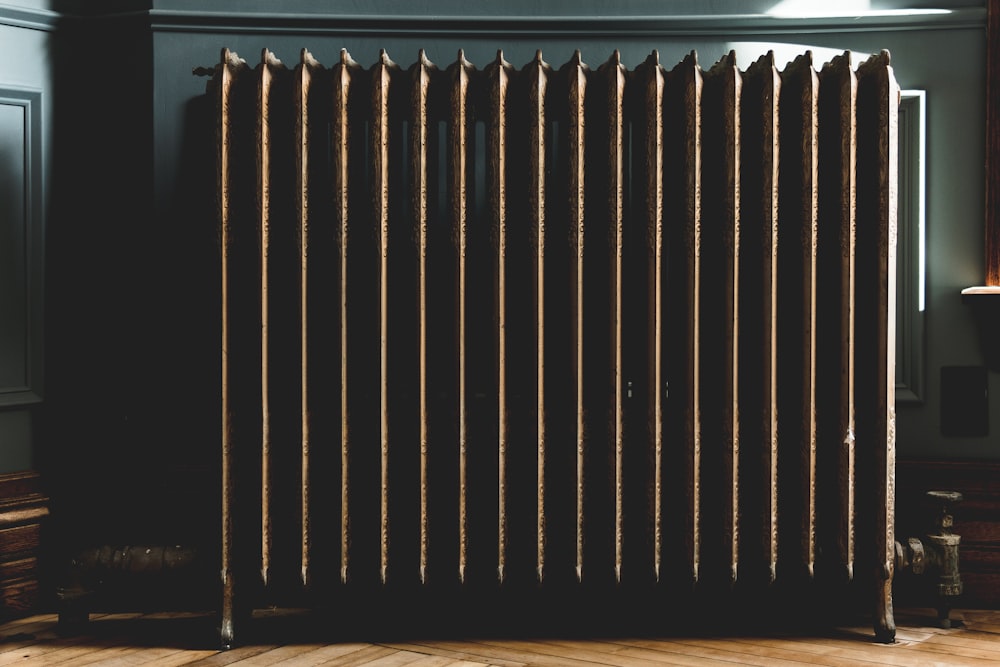Many of us take for granted that our home electrical systems will allow us to carry on with life as usual. Most of the time they do, especially if they were installed correctly and have been properly maintained. Still, there’s always a chance that something could go wrong. Sometimes, people accept certain malfunctions as normal and simply ignore them. That’s not necessarily a good idea. Take a look at the following problems to get a better idea of when you should call a professional electrician.
1) Smoke or a Burning Smell
Smoke is a sure sign it’s time to reach out for help. Where there’s smoke or a strange burning odor, there could be fire to follow. This is especially true if an outlet, light switch, or appliance is the source of the smoke or smell. It’s a good idea to make the local fire department your first point of contact. From there, contact an Idaho Falls electrician.
2) Sparks Coming from an Outlet or Switch
Sparks flying from an electrical outlet or switch are also a sign that a problem has developed. Seeing sparks when plugging in an electrical appliance or device is an indication of trouble, too. In either situation, be sure to contact an electrician in Idaho Falls as quickly as possible.

3) Your Lights Are Flickering
This is one of those issues people often dismiss as a normal occurrence. It’s not uncommon for lights to dim or flicker a bit when an appliance kicks on. That doesn’t mean it should be happening, though. This may be a warning sign that your electrical system needs repairs or you’re placing more of a strain on the system than it can handle. If your lights flicker or dim from time to time, don’t hesitate to find an electrician for help.
4) Unusual Buzzing Sounds
Buzzing sounds coming from outlets, switches, or other portions of your home electrical system can certainly be unnerving. That’s your internal fight-or-flight response kicking in, and it means there’s a clear and present danger. It could indicate a serious problem with the wiring that could lead to shocks or a fire.
5) Outlets are Hot to the Touch
If you plug in an appliance or device and notice the outlet feels warm or hot, there’s a problem in the making. This is also the case if your light switches start feeling warmer than usual. Unplug any items that are plugged into the outlet or turn off the affected switch immediately. Consider shutting off the circuit breaker that controls that portion of the electrical system as well. Then, call an electrician near me.

6) Tripping Circuit Breakers
Do some of the circuit breakers in your home trip from time to time? This often happens when an appliance kicks on or someone plugs a new appliance or device into an outlet. Though you can often switch the circuit breaker back on to temporarily remedy the issue, it’s a sign that there’s a serious underlying problem that needs professional attention.
7) Lights or Outlets Aren’t Working
If some or all of your lights or electrical outlets aren’t working, it’s definitely a good idea to call an electrician. Problems like these can disrupt your life, but they’re more than minor inconveniences. They’re indications that there’s a potentially dangerous problem with the overall electrical system.
Keeping Your Electrical System Safe and Functional
Some electrical issues are easy to spot. Others may not really seem like much of a problem. Either way, it’s best to have them checked out and repaired as quickly as possible. Ignoring even a seemingly minor electrical problem can lead to major malfunctions and safety hazards down the road.

SHOP LIGHTING…





























